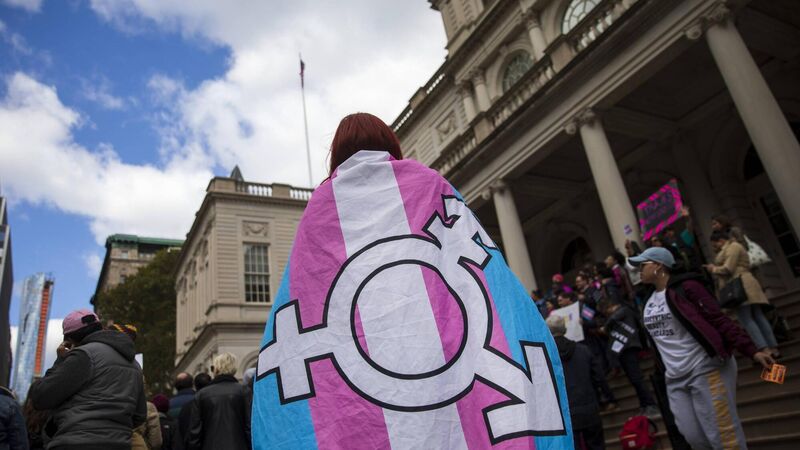Maeve Higgins: Transness points to exciting future but the backlash has been vile

LGBT+ activists and their supporters rally in support of transgender people on the steps of New York City Hall in October 2018. Transphobia is rampant in the US, there is a brutal and concerted effort to disappear trans people. File photo: Drew Angerer/Getty Images






